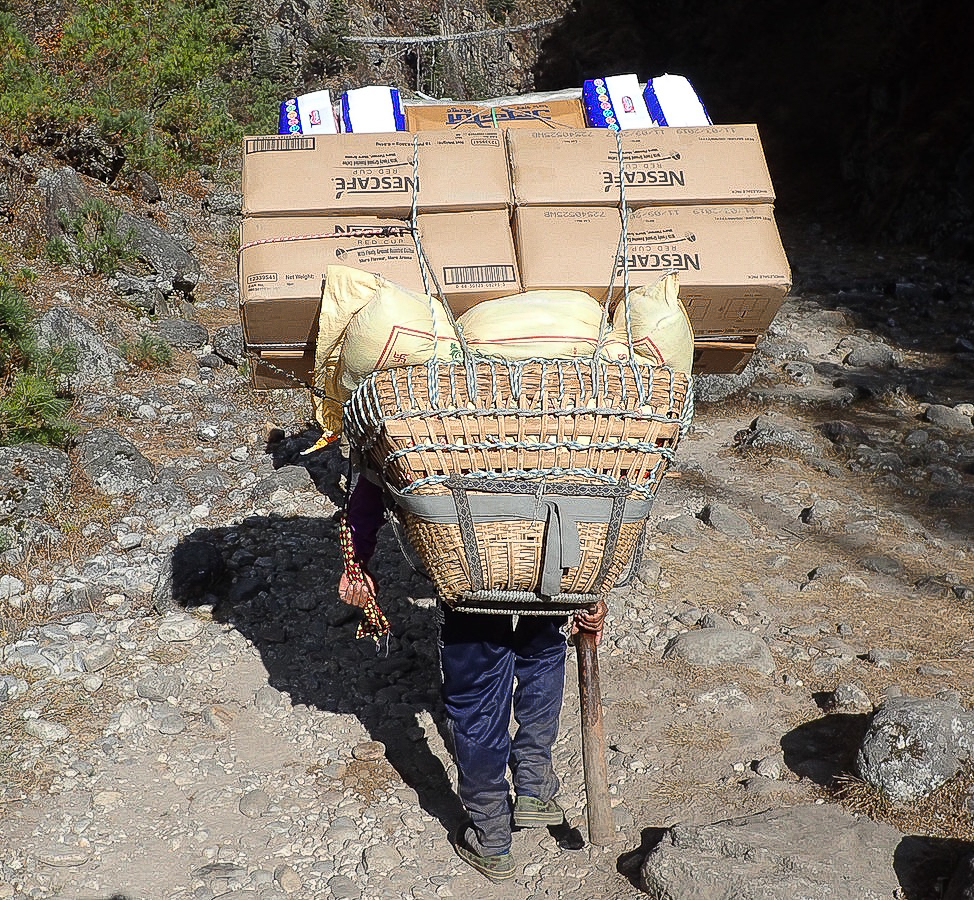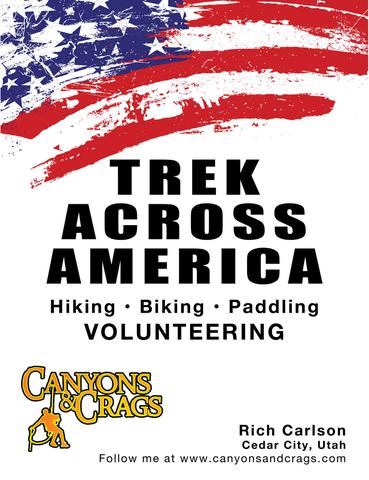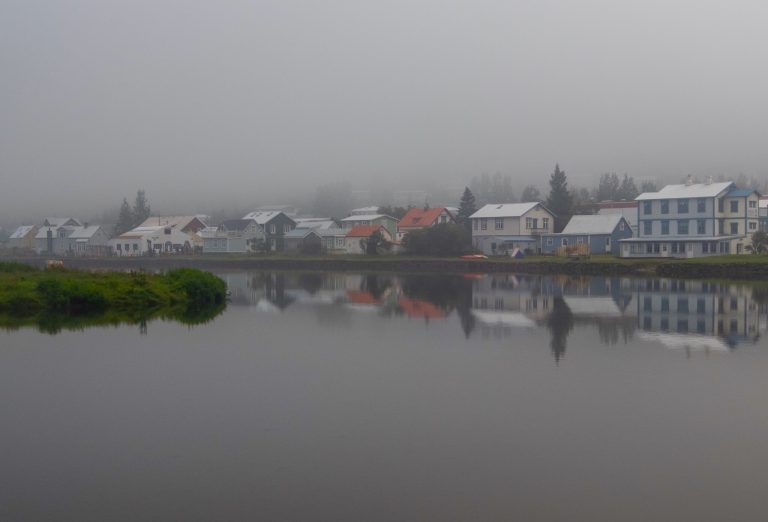Respect
“OMG! Can you believe that guy? He almost ran right into me!”
Actually, I couldn’t believe the woman who said that. I was stuck behind her group of around ten people, who were descending this section of trail three abreast. It would have been a simple matter for her to step aside and let the man pass, but she obviously felt he was the one who should yield to her. She even mumbled something about paying big money for this trek and expected the porters to show more respect to customers.
It was none of my business, but that minor detail didn’t stop me from ….
“First of all, lady, it is common protocol when hiking, backpacking or trekking for those going down to give way to those going up.”
“But even if you are not aware of that protocol, there is a matter of simple human decency and courtesy. That man is twice your age, carrying at least five times more weight than you, bent over so he couldn’t even see you.”
“And it is you who should be showing more respect to him and others like him. You are a guest in their country.”
Nepali porters are quite amazing. Small in stature with spindly legs, moving up and down the mountains carrying incredible loads, often equal to the loads being carried by burros and yaks on the same trails. Much of what they carry on the trekking routes are convenience goods that foreign trekkers expect to find along the way. That includes heavy cases of bottled water, juice, soft drinks, beer and hard spirits. There are no roads. Anything you see along the way was carried on the back of a man, burro or yak. I imagined that larger items and building materials would have been brought in by helicopter, until I witnessed porters carrying framing lumber, multiple sheets of 1/2 inch plywood, corrugated metal roofing panels, water and sewer pipe, and much more.
Of course they are also carrying gear for trekkers. A trekker need not carry any more than he needs for the day – clothing layers, water, snacks, camera. The balance of his gear is carried by porters or pack animals and will be waiting for him when he arrives at the tea house where he will spend the night.
I wondered how the math would work. One porter per trekker? But if a porter is carrying my backpack, how does he carry his own gear. No worries. It’s nothing to a porter to lash two backpacks together, then lash his own gear on top, carrying the gear of three people. And the fancy adjustable suspension systems and hip belts that add so much to the cost of a backpack are wasted. The porter is more likely to use a traditional Nepali system – supporting the load with a strap across his forehead.
That’s not my Sherpa; that’s my Tamang
That answer sounded odd coming out of my mouth when an Australian fellow I met in a tea house saw me with my guide, Sukram, and asked, “Is that your Sherpa?”
Nepal has a population of 26 million people made up of more than 40 different ethnic groups and tribes, including the Sherpas, Tamangs, Gurungs and others. When we think of the Himalayas we immediately think of Sherpas, but the term Sherpa applies to the ethic group; it is not a job title given to a person who carries gear for others. Job titles include: porter, trekking guide and climbing guide. You might find yourself with a porter, trekking guide or climbing guide who is Tamang or you might find yourself with a porter, trekking guide or climbing guide who is Sherpa.
I didn’t have a Sherpa. I had a trekking guide who is Tamang.
NOTE: Sukram appears in several of the photos carrying my black and green Osprey Exos 58 pack.









Wow they are amazing people.